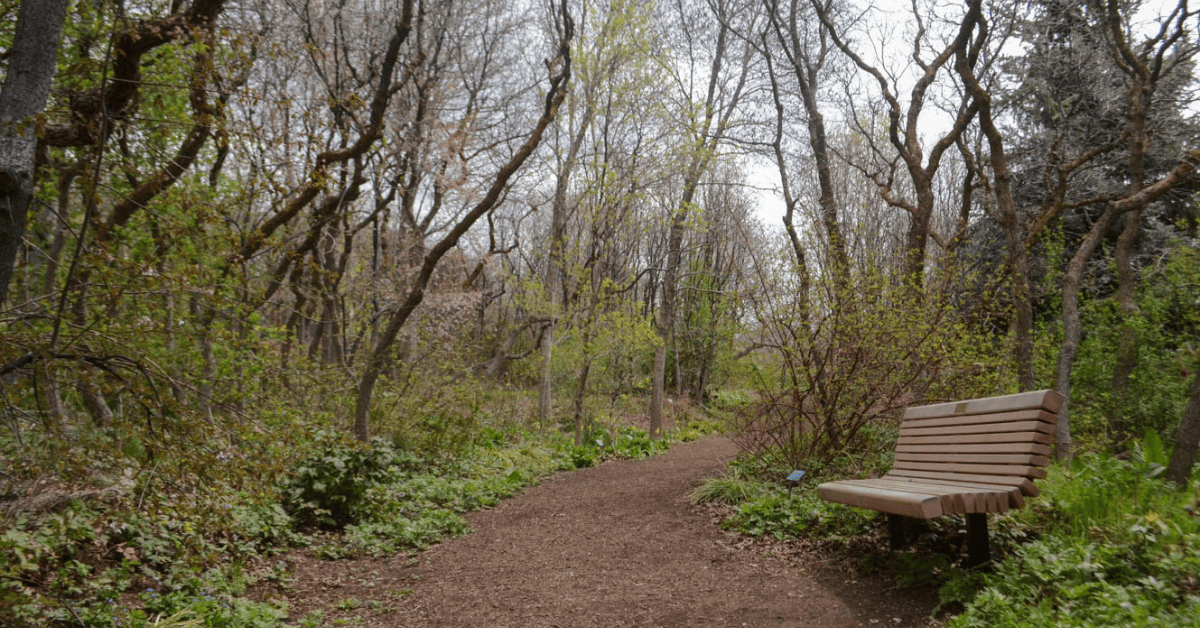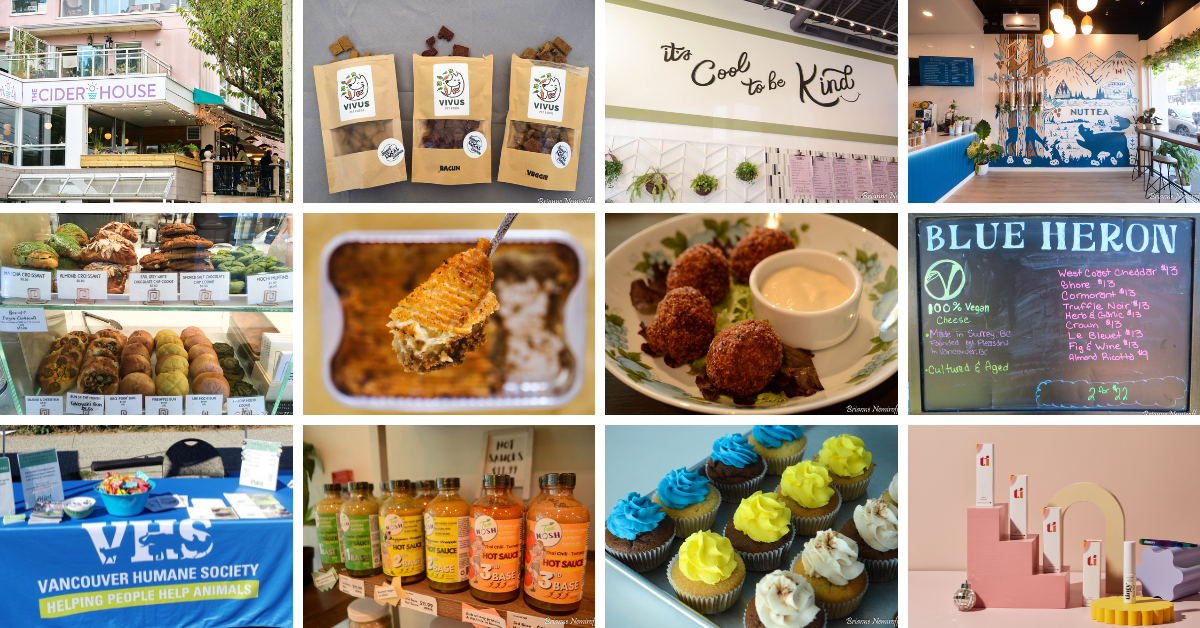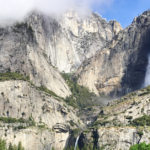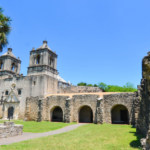It is now the summer of 2020, and after months of staying at home enclosed by walls, many of us are itching to return to the outdoors to feel a semblance of wide open wilderness again. Many want to hike the trails right away, thinking that it’s not just liberating, but also the safest travel destination these days. However, as news reports have shown, it’s becoming the exact opposite.
National and state parks, and their surrounding communities, are the new hot spots. Does that mean that we should cancel our plans to hike, camp, and take to the open road this summer? It’s no longer the question of whether or not the parks are open. Rather, is it ethical or safe to visit them now?
Why is Everyone Suddenly Hiking?
It’s been a tough, atypical spring, and what Americans are craving the most is a semblance of the familiar. They have been enclosed and seeing the same man-made structures every single day, so even the most urban-centric individuals will desire the exact opposite. A road trip to hike in a state or national park satiates both of those wants, so it’s understandable that they’re flocking in droves to even the most remote parks. Many of them are still under the impression that cities are the sole hot spots of the virus. They figure that if they are in nature, where there is allegedly more space between other people, they are less likely to contract it or evade that risk altogether.

How Could Visiting a Park be Unethical?
At the beginning of the pandemic, national parks and the communities surrounding and between them were spared from the earliest outbreaks because they were so distant from areas with large human populations. These communities were designed to take in only a few injured hikers and locals in their hospitals at a time; they were not designed for large scale outbreaks predominantly from tourism.
Entering these parks in such great numbers and with such great risk of bringing infection with us means that we could decimate an entire community and its economy with one tourism season. How so? Here’s how the cycle plays out. Park visitors and hikers get sick and they spread the virus amongst themselves. Depending on the number of visitors, thousands could then become infected. Those thousands of people go to the nearby hospitals, which are small and not designed for an outbreak of this magnitude. Then the virus spreads from those hospitals into those communities which originally avoided the outbreaks.
An ethical traveler understands their potential impact and overall footprint of their visit. To be ethical is to acknowledge that there are more important things than satiating our entertainment, like helping to keep others safe and alive. This is not to say, though, that hitting the trails is out of the question. Rather, it’s our responsibility to find out if it’s safe, and then to take every precaution to keep it that way when we visit.
Is it Dangerous to Hike This Summer?
Because of the influx of foot and vehicular traffic, the spaces that were once wide and open are now tight and overbooked. The trails have lines, the viewpoints are less spectacular, and the restaurants are receiving more in-house diners than what they feel is safe for their own staff. We also know that visitors will continue to arrive in the thousands at a time to even the least popular parks as the sales of RVs are exponentially climbing.
There are now official confirmations of COVID-19 in rural communities near popular outdoor recreation areas and parks, which proves that it was travel that brought it to them and not community spread. Parks like Big Bend National Park have also decided to shut down once again after finding evidence of the virus in the park.
What’s worse than the fact that parks and nearby restaurants are at capacity, travelers are refusing to wear masks at all, making both the restaurants and trails more hazardous. If you add this all together, the parks and restaurants are filled to capacity with few people wearing masks. How is that safer than staying in a city? It may not be, but there are certainly some parks that are taking the pandemic seriously and are taking safety measures to regulate foot traffic and overall population control.

If It’s Safe to Visit, Here Are Your Do’s and Don’ts
The safest way to ensure that you, your companions, and others will stay healthy is planning in advance. A quick search on Google will reveal whether or not your destination is becoming a hot zone. If it is, or if cases are even slightly increasing, then the locals may be overwhelmed and your party is at a higher risk of contracting the virus. At this point, it may be in your best interest to rebook and say no to your original plans. If you find that the park is comparatively safe, then here’s what to do to keep it safe during your visit.
DO: Research in advance both online and by contacting park management with the essential questions, which include:
- Which trails, facilities, and services will be open during my visit?
- Which trails allow the most social distancing and fewest high-touch points?
- What are the park’s current policies and expectations for visitors? I.e., what extra precautions will I be expected to take?
- (If you are still unsure of when you would like to visit) During what time of year is the park the least populated?
Once you have decided on the park(s) you will be visiting, plan your hikes accordingly and book your campsite in advance.
DON’T: Don’t take a spontaneous trip and ignore the rules of the park.
Note: Parks have the right to issue fines for infractions regarding social distancing and mask regulation. Please respect the guidelines in place; they are only there to keep you and others safe.

DO: Consider hiking at off-hours on off-days. The early-bird gets the extra space, as well as better lighting for photography.
DON’T: Don’t sleep in to start hiking around noon and only go on the most popular and crowded hike in the park.

DO: Wear a reusable mask at all times, except when you are in your room, tent, or eating a meal. Be sure to bring many with you as you’ll need to change your mask at least once a day, especially if you’re sweating. Please understand that wearing a mask is not a political act, but instead a kind and conscious act that says you care about the health of you and your fellow travelers.
DON’T: Don’t neglect to wear a mask or bully others for choosing to wear one.

DO: Mentally prepare yourself for crowds and others not following social distancing practices, especially in popular parks like Yellowstone, Yosemite, and Zion National Parks. Accept that not everyone will follow the rules, unfortunately, and that taking care of yourself and keeping distance from others may be the best way to keep calm and safe.
DON’T: Don’t expect hiking during the pandemic to be the serene or relaxing getaway that Emerson or Walden once depicted in their writing. It might be even more noisy than your apartment building in the city.

Thousands of Americans are now changing their 2020 plans from international getaways to domestic road trips, in order to cross ANYTHING off their bucket list. Regardless of what others choose to do with their travel decisions, we encourage our readers to be kind, respectful, thoughtful, and ethical travelers who take this pandemic seriously. The sooner we consider the health and safety of others during the pandemic and not just our own, the sooner we can breathe in that mountain, desert, or ocean air without a filter.
To stay up to date on all of our ethical travel articles, sign up for our newsletter via the form on the right of the page.













